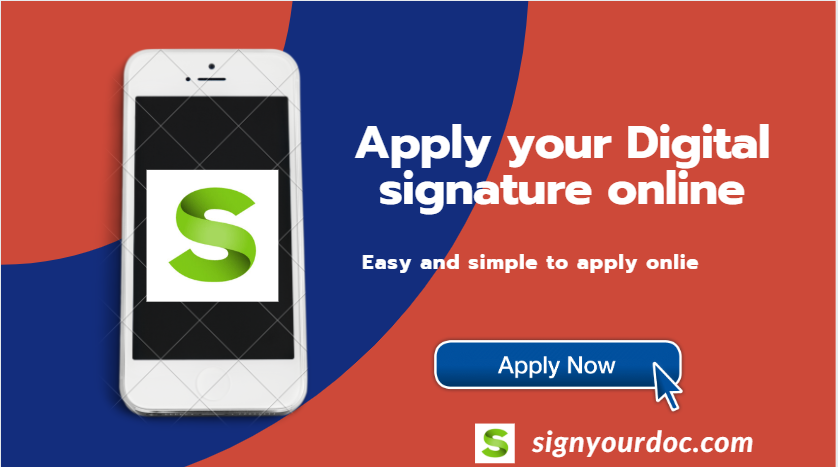When it comes to conveniently signing important documents, an electronic or digital signature is a must-have. While plenty of people still use hard copies in order to sign their names on the dotted line, electronic methods for getting that ever-important signature will only continue to increase in popularity. Have you only ever signed a document the old-fashioned way and are feeling intimidated by the modern way of doing things? Have no fear—we’re covering everything you need to know about how to electronically sign a document.
Why You Want a Digital or Electronic Signature
Let’s face it—printing out a document, signing it, and then either mailing, hand-delivering, or scanning it back to the intended recipient isn’t a broken way of doing things. In fact, it still works pretty well. However, perhaps the biggest selling point of electronic signatures is their convenience. There’s no printing or postage you need to worry about. Instead, you can quickly and painlessly provide a legal signature on a document with just a click or two of a button. Another great perk of digital signatures? The added security they offer. Provided you’re using a true digital signature (as opposed to an electronic signature—we’ll talk more about the differences between those a little later!), your signature will use digital keys.Like the pen and paper method, a digital signature attaches the identity of the signer to the document and records a binding commitment to the document,Digital Signatures vs. Electronic Signatures
You’ll hear the terms digital signature and electronic signature used interchangeably. However, many people aren’t aware that there actually is a pretty significant difference between these two different types of methods. Electronic signatures are far simpler. In fact, they just involve a person’s electronic agreement to a document. This could be represented by an image of a signature, a cursive font, or even a mouse-drawn signature. By inserting some sort of representation of your signed name, you’re authorizing that document as binding—like it would be if you were to have used pen to actually sign your name there. In contrast, a digital signature if a bit more involved.


.jpg)








Recent Comments